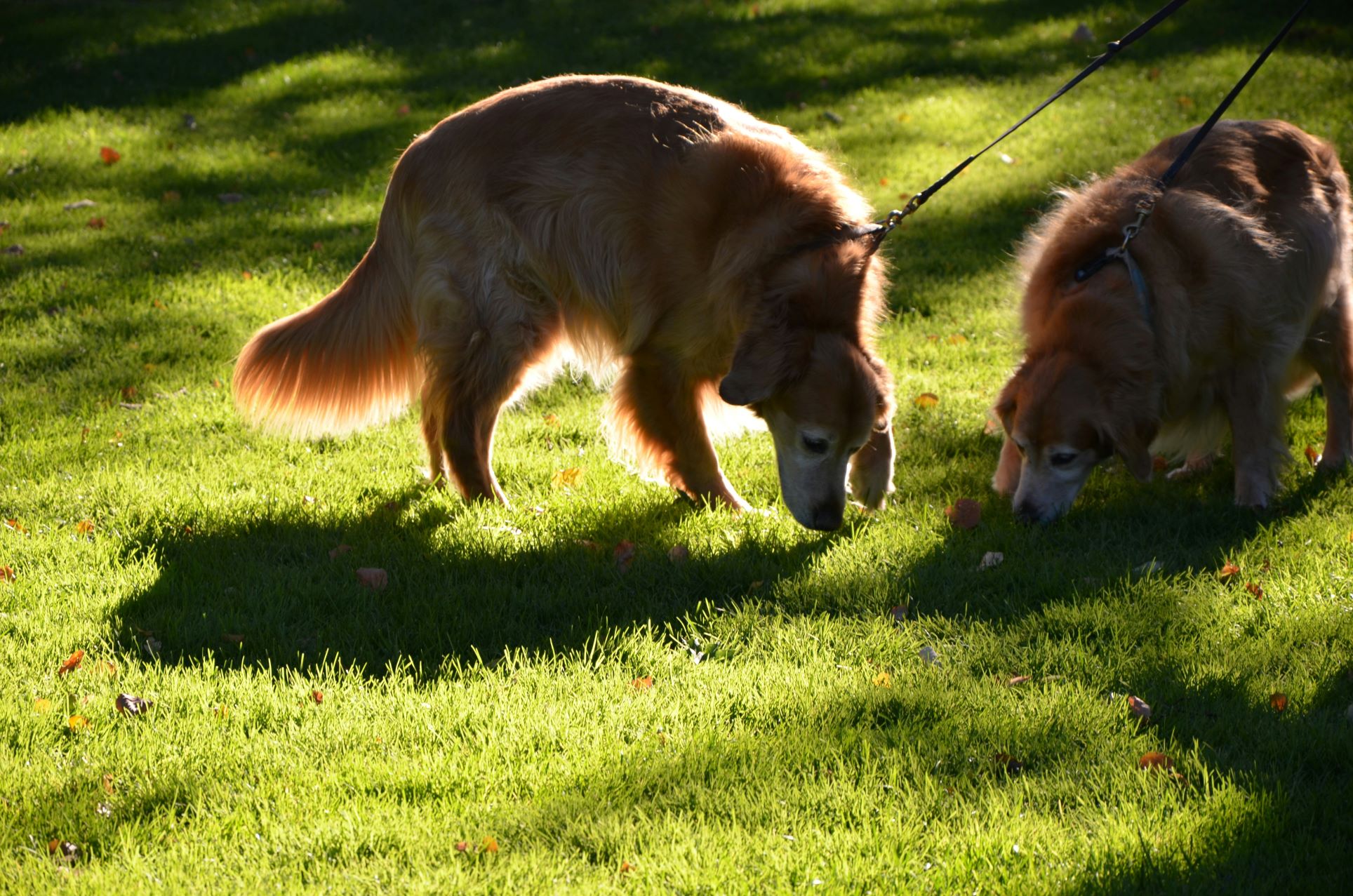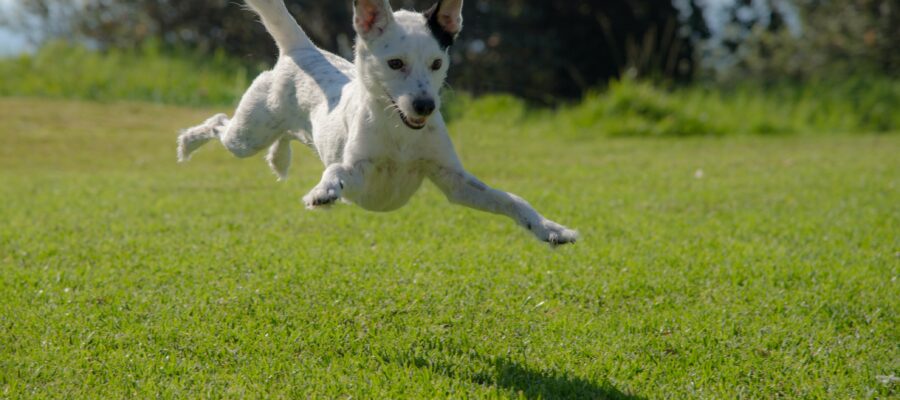
Decoding Your Dog’s Scent Language: Understanding the World Through Their Nose
Have you ever wondered what your dog is thinking as they obsessively sniff a tree, another dog’s rear end, or even your sneakers? While we humans see the world mainly through our eyes, dogs experience it primarily through their noses. Their incredible sense of smell shapes their understanding of everything around them, from potential dangers to the perfect spot for a bathroom break.
Let’s dive into the fascinating world of canine scent perception and learn how to better understand our furry friends’ often perplexing nose-related behaviors.
A Nose for Superpowers
Compared to our measly six million scent receptors, dogs have a whopping 300 million or so crammed into their noses. This, along with a much larger part of their brain dedicated to smell analysis, gives them a sense of smell between 10,000 to 100,000 times better than ours! If we can smell a teaspoon of sugar in coffee, a dog could detect that same teaspoon in a million gallons of water – that’s two Olympic-sized swimming pools!
But it’s not just about sensitivity. Dogs have a special organ we don’t – the vomeronasal organ. This structure helps them pick up on pheromones, chemical messages other animals (including humans) leave behind. Pheromones reveal a treasure trove of information, like gender, social status, and even emotional states.
What’s That Smell? Deciphering Common Scents
-
The Fire Hydrant Chronicles: Every lamp post, tree, and fire hydrant is like a fascinating newspaper for your dog. They’re catching up on the neighborhood gossip! Through sniffing, they learn which dogs have been by, if they’re friend or foe, and maybe even what they had for breakfast.
-
The Butt-Sniffing Social: It might look awkward to us, but that enthusiastic rear-end investigation is your dog’s way of getting a detailed introduction. Canine anal glands release unique scent signatures, giving your dog another dog’s personal profile packed with essential facts.
-
The Fear Sniff: Dogs can literally smell emotions like fear and anxiety. It’s why your pup might act extra attentive if you’re stressed. These scent signals influence their behavior, either making them protective or anxious themselves.
-
“Mmm…Smells Like Trouble”: A dog’s sense of smell has a survival aspect too. It allows them to detect potential dangers like spoiled food, chemicals, or even changes in their owner’s scent that might indicate illness. For more information on how dogs’ sense of smell is used in disease detection, check out this article on Dogs Detect Cancer
Enhancing the Nose-tastic Experience
Now that you grasp how vital sniffing is for your dog, here are ways to enhance their sensory world:
-
Slow Down the Sniffs: On your walks, let your dog linger a little longer at those intriguing sniffing spots. Resist the urge to rush them; it’s their way of exploring.
-
Scent Games: Hide treats around the house or yard and let your dog use their nose to find them. Start easy and gradually increase the difficulty.
-
Introduction to Nose Work: If your dog really loves scent work, consider enrolling them in a beginner nose work class. This fun sport builds on their natural sniffing skills and provides excellent mental stimulation.
A Word About Those Sensitive Noses
Remember, your dog’s nose is powerful. Strong perfumes, harsh cleaning products, and scented candles can be overwhelming for them. When possible, choose scent-free options to keep your dog’s nose comfortable.
Has your dog ever alerted you to something thanks to their amazing nose? Maybe they sniffed out a hidden toy or detected that you weren’t feeling well? Share your stories on our social media!
Understanding your dog’s relationship with scent opens up a whole new dimension to your bond. By paying attention to their sniffing habits, you’ll gain a deeper appreciation for how they perceive the world and create opportunities to enrich their lives through their most valued sense.






